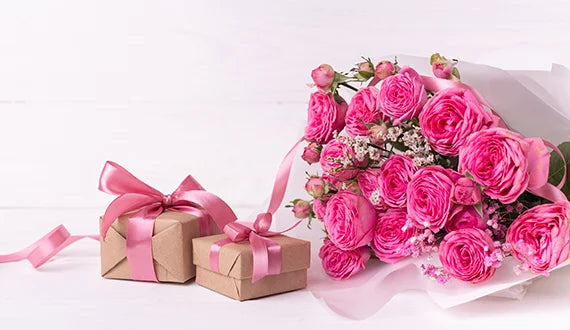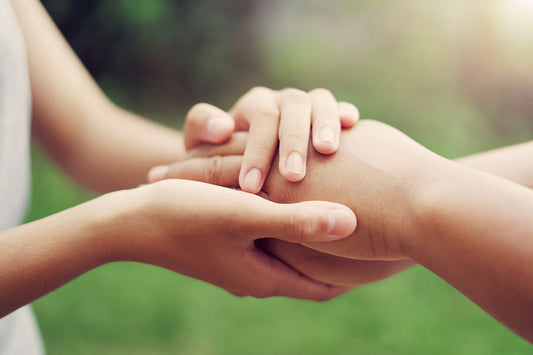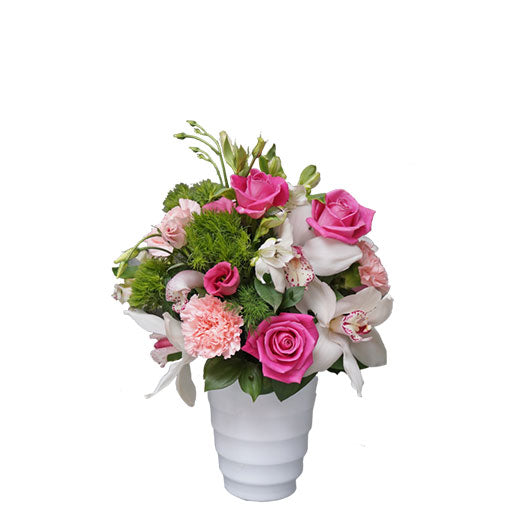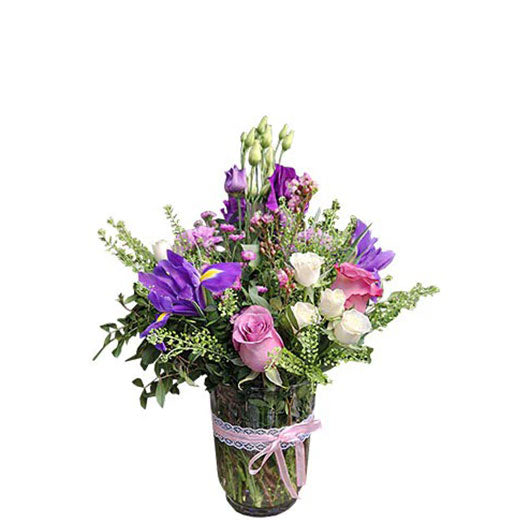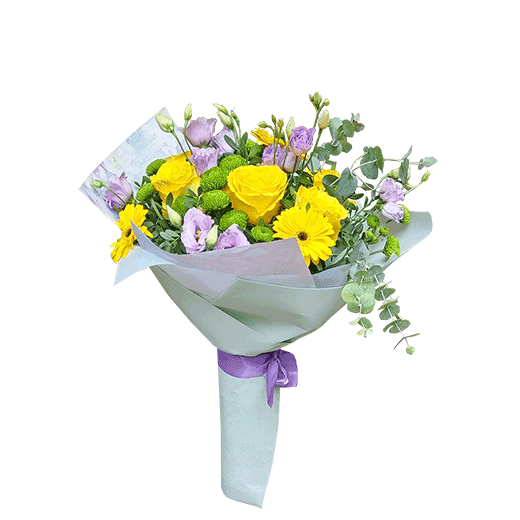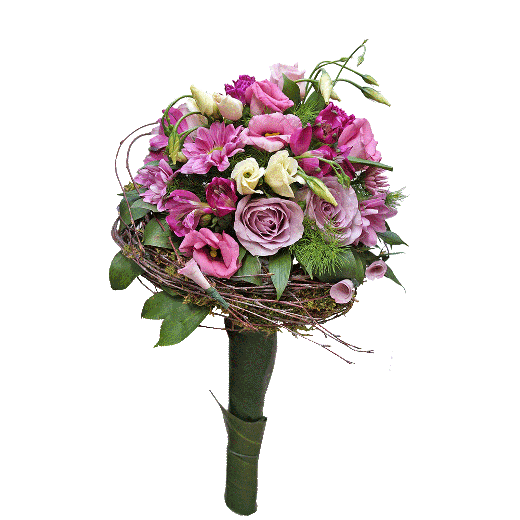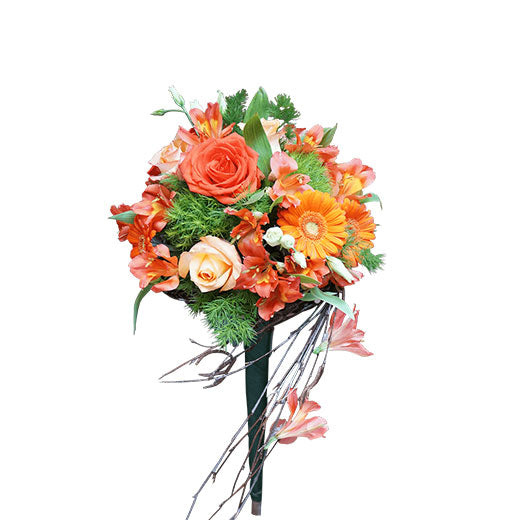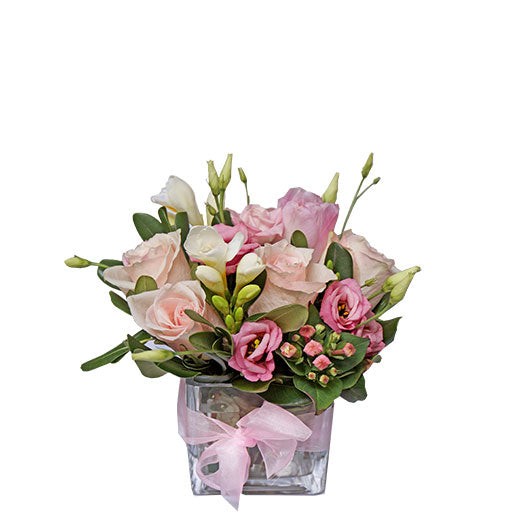
How to choose the ideal flowers for winter celebrations
Why choosing the right flowers is crucial for successful winter celebrations
Winter celebrations carry with them a special charm that requires a carefully designed floristic approach. During the colder months, when nature sleeps under a white blanket, flowers become a symbolic link to warmth, joy and renewal of life. Choosing the right flower arrangement can transform an ordinary winter celebration into an unforgettable experience that will be remembered for a long time.
Floristic art in winter requires a deeper understanding of seasonal characteristics and aesthetic principles. Professional florists recognize that winter flowers must contrast with the gray monotony of the outside world, bringing vibrancy and emotional charge indoors. Quality selected flowers not only contribute to the visual identity of the celebration, but also psychologically influence the mood of the guests.
A modern approach to winter floral design involves combining traditional winter elements with innovative arranging techniques. This synergy creates an authentic ambience that reflects the sophisticated taste of the host and shows respect for the guests.
The best flower varieties for the winter months
Classic winter varieties
Amaryllis represents the queen of winter flowers with its imposing appearance and longevity. These spectacular bulbs produce flowers of incredible dimensions, often reaching 20 centimeters in diameter. Their color palette includes deep red tones, elegant white, as well as sophisticated combinations with stripes and transitions.
Cyclamen bring delicate beauty to winter arrangements with their heart-shaped leaves and graceful flowers. These plants are known for their resistance to lower temperatures and their ability to bloom throughout the winter period. Their flowers in shades of pink, purple, white and red create a romantic atmosphere ideal for intimate celebrations.
Christmas roses, or helleborus, are a true rarity in winter flowering. These perennial plants bloom precisely in the coldest part of the year, often breaking through the snow. Their flowers in pastel tones bring stories of endurance and beauty that transcends the adversities of time.
Exotic winter options
Orchids of the winter period, especially the Phalaenopsis varieties, offer unparalleled elegance for exclusive celebrations. These epiphytic plants require specific conditions, but their long-lasting flowers and aristocratic appearance justify all the necessary attention. White, pink and yellow orchids create a luxurious atmosphere that suits the most demanding tastes.
Anthuriums bring tropical warmth to winter rooms with their characteristic heart-shaped structure. Their waxy texture and intense color create a dramatic contrast to the winter landscape outside. Red, pink and white anthuriums can last for weeks with proper care.
Pro tip: Combining classic winter varieties with exotic plants creates a dynamic contrast that draws attention and sparks conversation among guests.
Creating atmosphere through floral arrangements
Composition and design
The architecture of a floral arrangement for winter celebrations requires an understanding of spatial relationships and visual hierarchy. Central elements should be placed according to the principles of the golden ratio, allowing a natural flow of views through the composition. Height elements direct attention upwards, symbolically connecting the earthly with the heavenly.
Textural contrasts create depth and interest in an arrangement. Combining smooth petals with fringed branches or matte leaves with shiny fruits produces a tactile experience that appeals not only to the visual but also to the tactile perception. These contrasting surfaces reflect light in different ways, contributing to the dynamics of the composition.
A geometric approach to composition can create a modern, minimalist effect that matches contemporary interior trends. Asymmetric arrangements, on the other hand, bring an organic spontaneity that mimics natural growth patterns.
Colors and their psychological effect
Chromatic theory in winter floral design plays a fundamental role in creating the desired atmosphere. Warm colors like red, orange and yellow psychologically raise the temperature of a space and stimulate social interactions. These shades activate the sympathetic nervous system, increasing energy and optimism.
| Color | Psychological effect | Ideal for |
|---|---|---|
| Deep red | Passion, warmth, elegance | Romantic evenings, anniversaries |
| Golden yellow | Joy, optimism, luxury | New Year, celebration of success |
| Royal blue | Calmness, dignity, trust | Business celebrations, official events |
| Snow white | Cleanliness, peace, sophistication | Winter weddings, religious celebrations |
Cool colors like blue, purple and green create a calming ambience suitable for contemplative moments and deeper conversations. These shades reduce the perception of temperature, which can be useful in overheated indoor spaces during the winter months.
Practical tips for choosing and combining
Durability and maintenance
The longevity of the flower arrangement directly affects the economic justification of the investment in floral design. The winter period makes certain varieties last longer due to lower temperatures and reduced air humidity. Professional stem preparation involves diagonal cutting under running water, which maximizes the surface area for nutrient absorption.
Conditioning flowers before arranging includes treatment with antibacterial preparations that prevent the development of microorganisms in the vase water. The addition of commercial flower food extends the life cycle by up to 50%, which is a significant value for a long-lasting decorative effect.
- Changing the water in the vases daily
- Shortening the stems by one centimeter every two days
- Removal of wilted leaves and flowers
- Maintaining an optimal room temperature between 18-22°C
- Avoiding direct sunlight and drafts
Seasonal matching with decoration
Harmonizing floral arrangements with existing winter decor requires careful balancing of elements. Metallic surfaces such as silver and gold can be combined with flowers of similar tones, creating a coherent visual narrative. The velvety textures of the fabrics are complemented by smooth-petaled flowers, while rustic elements like wood and stone emphasize the natural beauty of wildflowers.
Light accents can dramatically change the perception of flower arrangements. Warm LED lighting emphasizes gold and red tones, while cool light highlights blue and purple hues. Positioning light sources below or behind the arrangement creates a depth and mystique that matches the winter atmosphere.
Frequently asked questions about winter flowers
Can all varieties of flowers be used during the winter months?
Not all varieties of flowers are equally suitable for winter use. Tropical plants often suffer from shock due to temperature changes during transport, while certain summer varieties have a short shelf life in heated indoor spaces. Consultation with professional florists who know the seasonal characteristics of different varieties is recommended.
How far in advance should flower arrangements be ordered for winter celebrations?
The optimal booking time ranges between 1-3 days for standard arrangements, while specialized compositions or rare varieties may require 7 to 10 days of preparation. The New Year period is the peak of the season, so it is recommended to make a reservation at least 10 days in advance.
How to transport flower arrangements during cold weather?
Transport in winter conditions requires special protection measures. The arrangements are packed in insulating materials, and the time of exposure to external temperatures is minimized. Professional delivery services use heated vehicles and thermal blankets for maximum protection.
